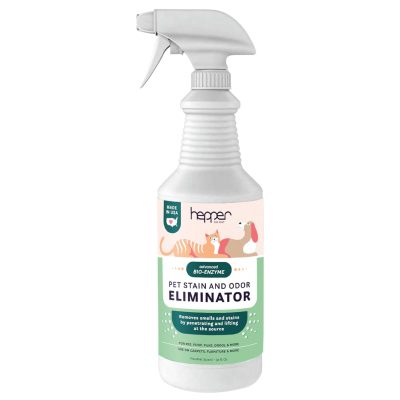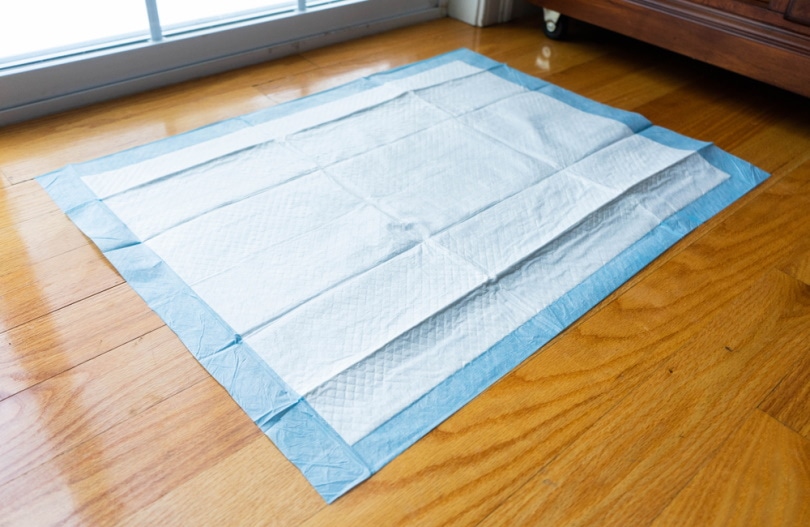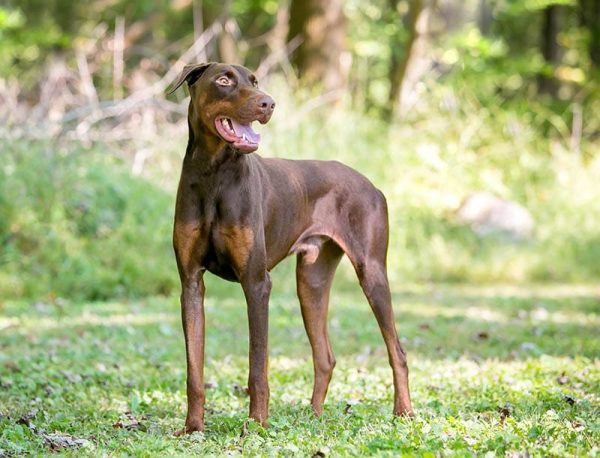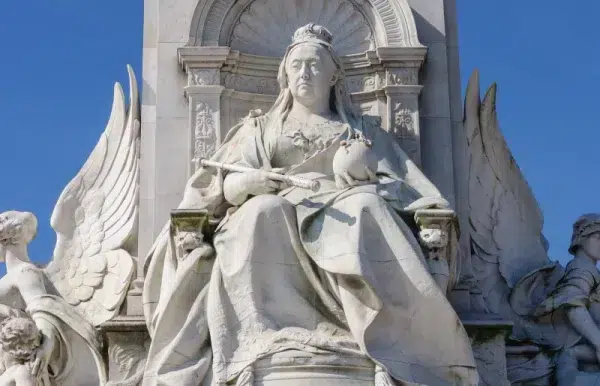In this article
Using puppy pads is a convenient way to potty train a puppy, especially if you’ve got a smaller dog breed that has to relieve himself more frequently.
Potty training can be challenging, and one common issue many dog owners face is their dog missing the puppy pad. If this is the case for you, it’s important to identify the cause of the issue to find the most effective solution.
The Importance of Proper Cleaning
Potty training a new puppy is not the easiest part of pet parenthood, but it is essential. One tip that will help keep you and your four-legged friend on track is to ensure the area where your potty training is always clean. That means eliminating any potential old urine and the smells that come along with it. We suggest that you invest in a pet-friendly enzyme cleaner designed to combat the toughest of pet urine smells while still being safe to use in any area your dog is sure to frequent often. This will prevent them from picking up distracting scents and keep them locked into their target, the puppy pad!
Our Favorite Cleaner
Hepper Advanced Bio-Enzyme Pet Stain & Odor Eliminator Spray is our favorite all-purpose cleaner for pet messes. It permanently lifts the very worst stains and odors, making clean-up and accident prevention a breeze. Hepper offers a 100% guarantee, which is a great bonus! Learn more about it here.
| Rating | Image | Product | Details | |
|---|---|---|---|---|
| Best Enzymatic Cleaner |

|
Hepper Advanced Bio-Enzyme Pet Stain & Odor Eliminator Spray |
|
Check Price |
At Dogster, we’ve admired Hepper for many years, and decided to take a controlling ownership interest so that we could benefit from the outstanding products of this cool pet company!
There are various reasons why a dog might miss their pee pad. So, make sure to take a step back and examine the situation to gain a better understanding of how to address it correctly.

The 7 Vet-Reviewed Reasons Why Your Dog Pees Next to Their Pad
1. The Dog Doesn’t Understand the Purpose of the Pad
Puppy pads aren’t natural items in a dog’s life. So they won’t immediately understand their purpose. Therefore, if your dog isn’t fully potty trained, it may miss the pad simply because it hasn’t clicked that it should pee on the pad.
Your dog most likely doesn’t understand the purpose of a pee pad if it’s also peeing in various parts of a room or house. If your dog is inconsistent with using the pee pad, you’ll have to go back to the beginning steps of potty training your dog so that it can clearly understand that it should use the pee pad.
2. The Dog Can’t Aim Well

Sometimes, a puppy just doesn’t have good control of its aim. So, it may intend to go on the pad, and it just misses. You can usually tell that your puppy is missing the mark if it consistently goes to the puppy pad to relieve itself and doesn’t tend to go anywhere else.
3. The Pad Is Too Close to the Dog’s Food and Water
Dogs like having designated and segmented spaces. They like having a spot for their sleeping area, a different spot for eating, and a separate bathroom space. So, if your dog’s items are all gathered in one corner, your dog may not like it, especially if its eating area is too close to its bathroom area.
Try sliding the pee pad to the opposite corner of your dog’s living area. Then, keep guiding your dog to the pee pad whenever you suspect it has to relieve itself. If your dog willingly pees on the pad, make sure to reward it with praise or a treat.
4. The Pad Is Too Dirty

Dogs tend to develop a habit of peeing in the same spot. However, if the pad is too dirty, it’ll be unwilling to use the pad, especially if there are feces on the pad.
You don’t have to change out a pee pad after your dog uses it once. However, it shouldn’t be left soaking or have little clean space for your dog to step on.
Your dog can use the same pee pad about two or three times, depending on the size of the puddle left on the pad. As a general rule of thumb, your puppy should be able to step on clean spaces on the pad easily.
If your dog pees right in the center of the pad, it’s best to switch it out right away so that your dog doesn’t develop the habit of scooting closer to the edge of the pad to pee.
5. The Pad Is In a Busy Location
A lot of puppies need a calm and quiet environment to pee. A place with too much action can distract your puppy and cause it to miss the pad. Therefore, it’s best to avoid placing pee pads near entryways and other places with frequent foot traffic.
You may have to pay more attention to guiding your dog to pee while getting used to peeing at a new spot.
6. The Pad Is Difficult to Reach

Pee pads can be unsightly in the home, so it can be tempting to hide them in secluded areas of the house. However, this arrangement can make it difficult for some dogs to reach the pad quickly. They might not be able to hold their bladder until they reach the pad.
As your dog consistently uses the puppy pad, you can try moving the pad gradually from one part of a room to another. This slow transition can make it easier for your dog to learn to pee in a different part of a house.
7. The Surrounding Area Smells Like Urine
Dogs are creatures of habit, so they’ll usually pee in the same general spot. If your dog misses a pee pad and urinates on the floor, it may continue to pee on that same spot if it’s not properly cleaned.
There are also special enzymatic cleaners that get rid of any smell trace. These cleaners are specifically designed to destroy pet odor and often also help to remove any stain.

How Long Can Dogs Hold Their Pee?
A dog’s ability to hold its pee depends on its stage of life, size, and breed. In general, puppies can hold their pee for an hour each month in age. So, a 3-month-old puppy can hold its pee for 3 hours.
However, some puppies of smaller breeds may not be able to hold their pee for that long. They have smaller bladders and will have to go more frequently.
Elderly dogs can also start urinating around the house if they develop medical incontinence.
Healthy adult dogs can hold their pee for about 10 to 12 hours. However, they should be let out to pee more frequently than that. It’s best to let them pee at least every 8 hours.
Can Dogs Use Pee Pads Forever?
Yes, dogs can technically use pee pads forever. They’re a good option for people who can’t consistently take their dog out to pee.
Just keep in mind that they can smell up a home, especially if a large dog breed uses them. The costs can also increase, especially if you don’t use reusable pee pads. Disposable pee pads can also negatively impact the environment, so it’s best to use eco-friendly options.

How Long Does It Take to Puppy Pad Train?

Training a puppy to use a puppy pad successfully can take as little as a couple of weeks to several months. The amount of time it takes to potty train a puppy can depend on the puppy’s breed, but it’s heavily dependent on the consistency of training.
If you’re on top of training, the chances of your puppy learning quickly increase. Therefore, staying consistent with potty training is essential to help your puppy learn from more successful moments. Don’t hesitate to reach out to a veterinarian and ask them for assistance or advice if needed.
If you need to speak with a vet but can't get to one, head over to PangoVet. It's our online service where you can talk to a vet online and get the advice you need for your pet — all at an affordable price!


Conclusion
Dogs can miss pee pads for various reasons. The best way to prevent these accidents is to be observant and look for clues that point to the reason why your dog is missing the pad.
Puppy pad training your dog will require patience and consistency, but the hard work will pay off. Your puppy will eventually learn to use the pad with some time and a lot of encouragement and positive reinforcement.
See also:
- 10 Dog Breeds Most Likely to be Stolen (with Statistics)
- Is There a Morning-After Pill for Cats? Our Vet Explains
Featured Image Credit: MCarper, Shutterstock





















